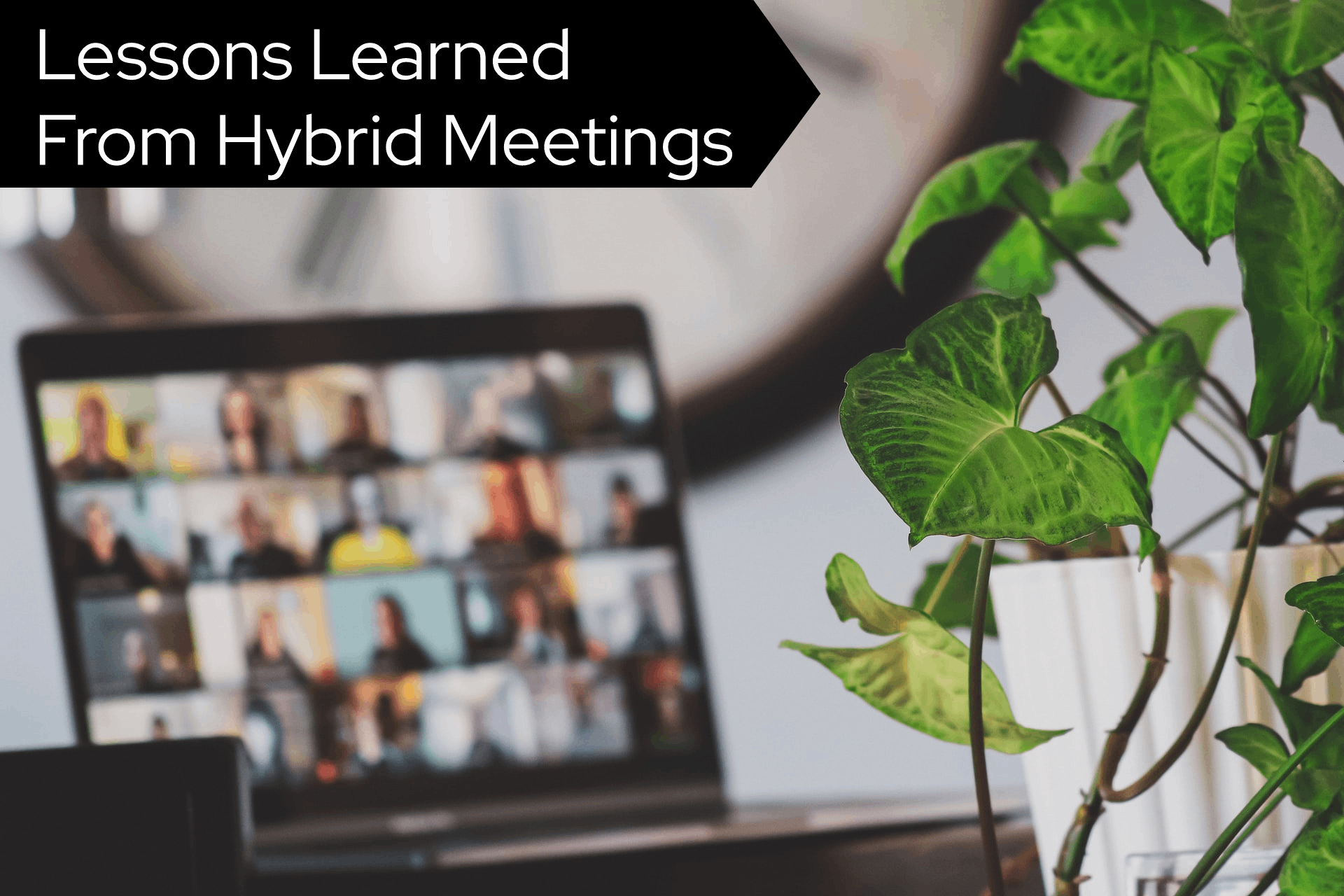I get asked on a regular basis how I got my start in Linux; over the last couple of days, I put together my most comprehensive list yet and I wanted to share it with all of you!
Where do I start!?
One of the best ways to get comfortable with Linux is to utilize it everywhere you are. The first place I think about is your daily computer driver. I learned so much by working in Linux on a daily basis. Linux-powered laptops are far more prevalent than they were a decade ago. I can recommend a few companies that I know are dedicated to Linux: System76, Lenovo, and Slimbook to name a few. Of course, you can buy a lot of these second hand on eBay or similar.
What distribution do I pick?
(Disclaimer, I work for Red Hat, so I maybe a bit biased.) I talk to Sysadmins regularly who are split between different distribution families. For instance, Ubuntu and Red Hat-based distributions are very different in terms of operation, commands, and…we’ll call them “ idiosyncrasies”. I would recommend if your work uses Red Hat, to focus on learning Red Hat based distros. I, myself, came up in much the same way: I learned Red Hat as a Linux Systems Administrator, so, that’s what I primarily use even at home.
These include:
– Red Hat Enterprise Linux (Free Developer Subscription!)
– CentOS Stream
– Fedora
What advice can you give for someone interested in learning more about Linux distributions? Where should I start?
Linux is one of the most studied topics online. There are countless YouTube videos, blogs, and podcasts. I started learning about Linux and Open Source through a podcasting community called Jupiter Broadcasting. They have Matrix channels, live podcasts, and an amazing community of people to help new members learn and grow. I actually got my start podcasting on Linux Unplugged, one of their shows.
If you want to get your hands dirty, I would also recommend a Linux laptop and get comfortable with virtual machines and cloud providers. You can get a free credit when you sign up for Digital Ocean (FYI, that’s a referral link tied to my account.) You can spin up all sorts of servers, distros, and play with different applications. Their documentation and walkthroughs are next level! I also help support a series of labs for learning on RHEL (Red Hat Enterprise Linux). There are some Admin 101 and Developer 101 labs that are great at teaching the basics of Linux and moving into more complex topics: https://lab.redhat.com. (They are free to use!)
Number one thing I can recommend here is to find a community of people to learn and grow with.
How did you discover that you wanted to focus on System Administration, and do you have any insights for someone interested in this specialization?
Great question. Since I was 5, I had an interest in computers. I learned how to change my Dad’s desktop wallpaper on an old Mac PC and never stopped learning from there. Once I graduated high school and started college at DeVry University, I did the obvious thing: I signed up for a computer science degree. A couple of semesters in, I was taking a C# class and knew I would never survive as a developer. I got so lost with arrays, ha ha! So, I distinctly remember walking by this lab with racks of hardware, cables, and flashing lights. I knew that was where I needed to be. I went to my school advisor and switched my major to Network Communications Management. I started learning Cisco, firewalls, switching, and my favorite – operating systems.
Around the same time, I got a job as an IT Support Intern for a local municipality. I got to do desktop support, help desk, and even some Active Directory management. I loved what I was doing. After college, I got a job doing IT support – desktop and servers. After a couple of years, I was managing all sorts of servers and working on desktop refresh programs – new hardware every few years, desktop imaging and the like. I helped manage a handful of Linux servers that no one else really wanted to touch; I had tinkered with Linux in my college days, and decided I wanted to specialize.
I pursued a new job that would allow me to focus on Linux Systems Administration and started studying for my RHCSA (Red Hat Certified Systems Administrator). Over almost a decade, I was a Linux Systems Administrator, a Linux Systems Engineer, then a Solutions Architect (pre-sales Sysadmin basically), then finally about 2 1/2 years ago moved into Technical Marketing for RHEL where I really hit my stride!
What experiences and skills would be helpful for someone entering this field?
In today’s computer-driven resume world, its important to check as many boxes as you can. Have a “home lab” (like Digital Ocean or a PC at home you use as a “server”). Showing that you are constantly learning is huge. A bachelors degree is a huge plus as well as a technical certification in a field related to what you are interested. You don’t have to have all this up front but every step you take makes it easier to get the next job then the next and so on.
In your opinion, where’s the best place for me to find out about openings within this field?
Now, its been 6+ years since I had to job hunt… However, from what I’ve kept my eye on, LinkedIn is a HUGE place to get started. In fact, LinkedIn Premium is a good way to go. You can use their “AI” to help you write a title and about sections. LinkedIn has job postings, but you can also mark yourself as “open to work” and job recruiters will find you and match you to jobs they have available. (The link above will give you 2 months of Premium for free, after that it gets really expensive but you can cancel at any time.)
There are still other sites like Monster and Dice, but I haven’t had good luck there. Though if you are really eager to start your IT career you can never send out enough resumes!
Do you know of any programs or webinars that you think could be helpful to someone looking to enter the IT Support field?
Oh do I! You can check out the Sudo Show where I am a founder and former host. The Sudo Show is part of the Tux Digital Network, home of Destination Linux among others. There’s Jupiter Broadcasting and the Ask Noah Show. There’s the Fedora Podcast, the CentOS video podcast (new), and the RHEL YouTube channel. Our show Into the Terminal is a great place to start learning.
Do you know of other individuals in the field whom I could contact?
I’d start with posting questions on LinkedIn or Mastodon and using hashtags, like #linux. Get invovled with podcasting communities like the Ask Noah Show or Jupiter Broadcasting. They are on Discord, Mastodon, Telegram, and others!
I hope these questions and answers help you in your journey. I’d love to know what other topics you’d like me to cover or what other questions you may have. My virtual door is always open!
I know a lot of these resources have my name attached to them in some way, but one of the reasons I moved from Systems Administration to Technical Marketing was to build tools and resources I could have used when I was in your place – to learn and grow into a field I was very interested in.
Image courtesy of Max Duzij, Unsplash




